Refine listing
Actions for selected content:
2251 results in Cambridge Elements
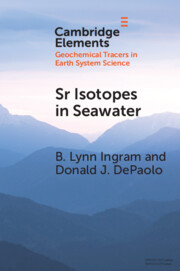
Sr Isotopes in Seawater
- Stratigraphy, Paleo-Tectonics, Paleoclimate, and Paleoceanography
-
- Published online:
- 07 March 2022
- Print publication:
- 31 March 2022
-
- Element
- Export citation
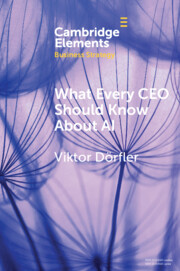
What Every CEO Should Know About AI
-
- Published online:
- 04 March 2022
- Print publication:
- 05 May 2022
-
- Element
- Export citation
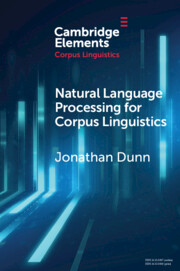
Natural Language Processing for Corpus Linguistics
-
- Published online:
- 04 March 2022
- Print publication:
- 31 March 2022
-
- Element
- Export citation
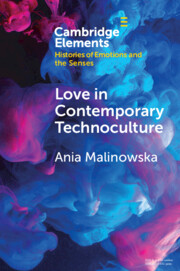
Love in Contemporary Technoculture
-
- Published online:
- 01 March 2022
- Print publication:
- 31 March 2022
-
- Element
- Export citation
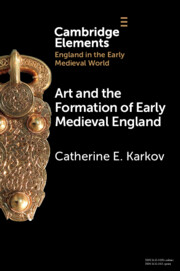
Art and the Formation of Early Medieval England
-
- Published online:
- 28 February 2022
- Print publication:
- 10 March 2022
-
- Element
- Export citation
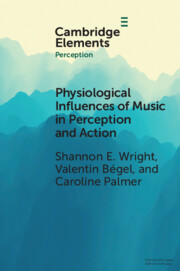
Physiological Influences of Music in Perception and Action
-
- Published online:
- 25 February 2022
- Print publication:
- 24 March 2022
-
- Element
- Export citation

“Why Aren't They Talking?”
- The Sung-Through Musical from the 1980s to the 2010s
-
- Published online:
- 24 February 2022
- Print publication:
- 10 March 2022
-
- Element
- Export citation
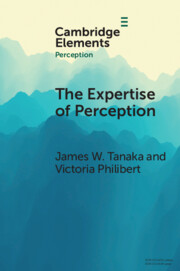
The Expertise of Perception
- How Experience Changes the Way We See the World
-
- Published online:
- 24 February 2022
- Print publication:
- 24 March 2022
-
- Element
- Export citation
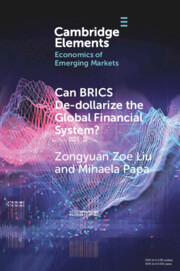
Can BRICS De-dollarize the Global Financial System?
-
- Published online:
- 24 February 2022
- Print publication:
- 24 March 2022
-
- Element
-
- You have access
- Open access
- HTML
- Export citation
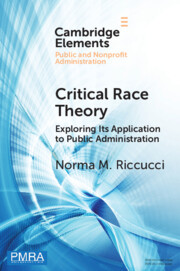
Critical Race Theory
- Exploring Its Application to Public Administration
-
- Published online:
- 21 February 2022
- Print publication:
- 17 March 2022
-
- Element
- Export citation
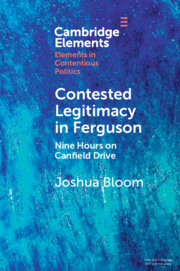
Contested Legitimacy in Ferguson
- Nine Hours on Canfield Drive
-
- Published online:
- 18 February 2022
- Print publication:
- 17 March 2022
-
- Element
- Export citation
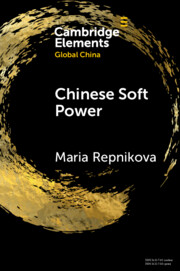
Chinese Soft Power
-
- Published online:
- 18 February 2022
- Print publication:
- 28 April 2022
-
- Element
- Export citation
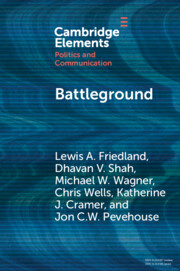
Battleground
- Asymmetric Communication Ecologies and the Erosion of Civil Society in Wisconsin
-
- Published online:
- 17 February 2022
- Print publication:
- 04 August 2022
-
- Element
- Export citation
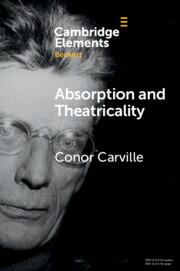
Absorption and Theatricality
- On Ghost Trio
-
- Published online:
- 17 February 2022
- Print publication:
- 17 March 2022
-
- Element
- Export citation
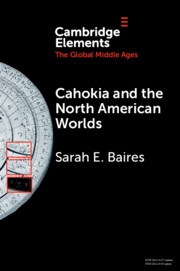
Cahokia and the North American Worlds
-
- Published online:
- 17 February 2022
- Print publication:
- 10 March 2022
-
- Element
- Export citation
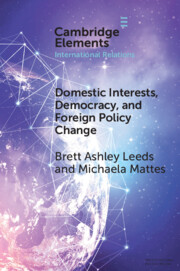
Domestic Interests, Democracy, and Foreign Policy Change
-
- Published online:
- 17 February 2022
- Print publication:
- 17 March 2022
-
- Element
- Export citation
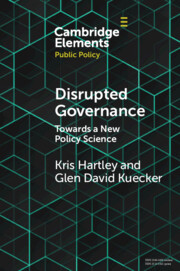
Disrupted Governance
- Towards a New Policy Science
-
- Published online:
- 16 February 2022
- Print publication:
- 17 March 2022
-
- Element
- Export citation
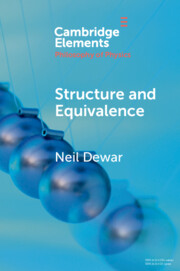
Structure and Equivalence
-
- Published online:
- 16 February 2022
- Print publication:
- 17 March 2022
-
- Element
- Export citation
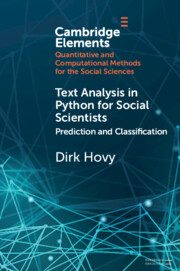
Text Analysis in Python for Social Scientists
- Prediction and Classification
-
- Published online:
- 15 February 2022
- Print publication:
- 17 March 2022
-
- Element
- Export citation
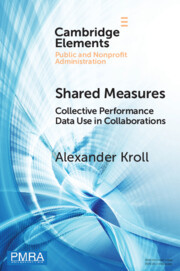
Shared Measures
- Collective Performance Data Use in Collaborations
-
- Published online:
- 15 February 2022
- Print publication:
- 17 March 2022
-
- Element
- Export citation
